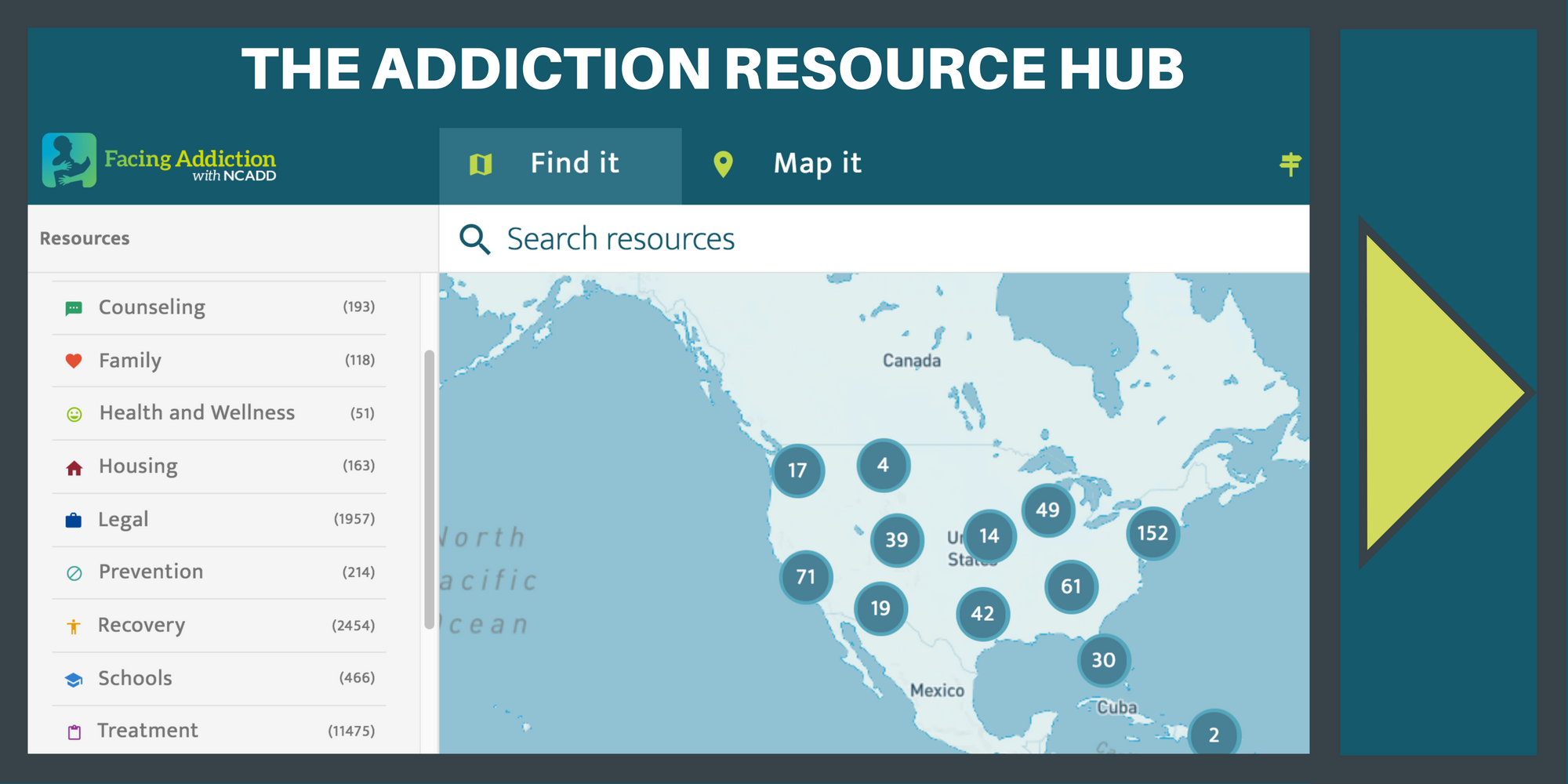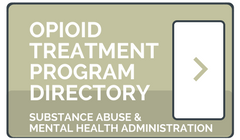Addiction Treatment (Rehab) Guide
With thousands of programs and rehabs to choose from, it can be challenging to assess which addiction treatment programs will offer the highest quality of care.
Finding the right treatment facility is all too important given the time, money, and energy that substance use disorder treatment and recovery requires of not only the individual, but the entire family. There are numerous resources available, whether you are seeking treatment for yourself, a friend, a family member, or someone you know. While the process of finding the right addiction treatment center can be overwhelming and confusing, this article seeks to walk you through the basics, giving you an unbiased, evidence-based starting point.
In this article learn:
- The 11 indicators of high-quality addiction treatment.
- The four levels of clinical care.
- Corrupt practices and scams to be aware of when looking for addiction treatment.
- Tips for identifying treatment centers covered by your insurance.
- Tools for locating addiction treatment centers near you.
Note: There are multiple pathways to recovery, including both clinical and not clinical routes. This article is a guide to locating high-quality, clinical addiction treatment.
INDICATORS OF QUALITY ADDICTION TREATMENT
Research has identified elements that quality substance use disorder treatment facilities should possess. These range from personalized treatments, to national accreditation, to assertive linkages to continuing care. The experts at the Recovery Research Institute have compiled a comprehensive list of 11 indicators of effective treatment, as a blueprint to help guide you or your loved one to high-quality addiction treatment, maximizing your recovery success.
- 1. Assessment & Treatment Matching
-
Finding effective help for an alcohol or other drug use disorder begins with reliable and valid screening for a range of substance use disorders and related conditions, as well as any physical or mental health conditions. This is followed by more comprehensive assessment of substance use history and related disorders, medical history, psychiatric history, individual’s family and social networks, and assessment of available recovery resources (“recovery capital”). These endeavors help uncover the many interrelated factors affecting the patient’s functioning and life and assess a patient’s readiness to change. This careful and comprehensive assessment can help prevent missing aspects or minimizing important aspects of a person’s life, such as trauma or chronic pain, inattention to which could compromise recovery success.
- 2. Comprehensive, Integrated Treatment
-
As discussed above, patients in treatment may have co-occurring psychiatric disorders, like depression and anxiety, as well as other medical problems like hepatitis C, alcoholic liver disease, or sexually transmitted diseases. Programs should incorporate comprehensive approaches that directly address these additional concerns, or otherwise assertively link patients to needed services. Treating the whole patient, will improve the likelihood of substance use disorder recovery and remission.
- 3. Assertive Linkage to Continuing Care
-
Continuing care is defined as the ‘ongoing care of patients suffering from chronic incapacitating illness or disease.’ Ongoing care provides essential recovery-specific social support and necessary recovery support services after the patient leaves or transitions away from the initial phase of treatment. Programs that strongly emphasize this continuing care aspect will provide more than just phone numbers or a list of people to call, but instead, will provide assertive linkages to community resources, on-going health care providers, peer-support groups, and recovery residences. This ‘warm hand-off’ or personalized introduction to potential peers and resources in the recovery community, produces substantially better outcomes.
- 4. Dignified & Respectful Environment
-
The treatment program should possess at least the same type of quality environment as one might see in other medical environments (e.g., oncology or diabetes care). You don’t need palm trees and luxury mattresses, but you should expect a clean, bright, cheerful, and comfortable facility. It is important that the program treats substance use disorders with the same professionalism and allocates similar resources for patient care as other chronic conditions. Creating a respectful and dignified environment may be particularly important for addiction patients, because those suffering from substance use disorders often feel as if they’ve lost their self-respect and dignity. A respectful environment helps them regain it.
- 5. Significant Other &/or Family Involvement
-
Engaging significant others and loved ones in treatment increases the likelihood that the patient will stay in treatment and that treatment gains will be sustained after treatment has ended. Techniques to clarify family roles, reframe behavior, teach management skills, encourage monitoring and boundary setting, re-intervention plans, and help them access community services all help strengthen the entire family system and help family members cope with, and adapt to, the family system changes that occur in recovery.
- 6. Employ Patient Retention Strategies
-
Dropout from addiction within the first month of care is around 50% nationally. Dropout leads to worse outcomes, so it is vital to employ strategies to enhance engagement and retention. These include creating an atmosphere of mutual trust through clear communication and transparency of program rules, regulations, and expectations. Treatment programs can also work to retain patients by providing client-centered, empathic, counseling that works to build strong patient-provider relationships. They also can use motivational incentives to reward patients for continued attendance and abstinence.
- 7. Use of Evidence-based Practices
-
Programs that deliver services founded on scientific research and principles and that are delivering the available “best practices” tend to have better outcomes. In addition to psychological interventions, these should include accessibility to FDA approved medications for addiction (e.g., buprenorphine/naloxone, methadone, naltrexone/depot naltrexone, acomprosate) as well as psychotropic medication for other types of psychiatric conditions (e.g., SSRIs etc.). This is typically combined with qualified staff (see below).
- 8. Qualified, Well-trained Staff
-
Having multi-disciplinary staff (e.g., addiction, medicine, psychiatry, spirituality) can help patients uncover and address a broad array of needs that can aid addiction recovery and improve functioning and psychological well-being. Staff with graduate degrees, and adequate licensing or board certification in these specialty areas are indicators of higher quality programs. In addition, clinical supervision and team meetings should take place at least once or twice a week for outpatient programs and three to five times a week for residential and inpatient programs.
- 9. Individualized Care & Personalized Approaches for Special Populations
-
Stemming from individualized comprehensive screening and assessment, programs should treat all patients as individuals attending to their needs accordingly. One size does not fit all, and neither does one treatment approach work for every individual. High-quality treatment programs identify the potentially different needs of men and women, adolescents versus adults, and those from different minority communities (e.g. LGBT) or cultural backgrounds, creating in turn, treatment and recovery plans that address their specific needs and acknowledge their available strengths and recovery resources.
- 10. Measurement of Program Performance
-
A further indicator of quality treatment is having reliable, valid measurement systems in place to track patients’ response to treatment. Similar to regular assessment of blood pressure at each check-up in treating hypertension, addiction treatment programs should collect “addiction and mental health vital signs” in order to monitor the effectiveness or ineffectiveness of the individualized treatment plan and adjust it accordingly when needed. Without any kind of standardized metrics, it is difficult to document and demonstrate patients’ progress.
- 11. External Accreditation
-
Accreditation from external regulatory organizations such as the Joint Commission on Accreditation of Healthcare organizations (JCAHO; aka “the Joint Commission”), the Commission on Accreditation of Rehabilitation Facilities (CARF), and the Council on Accreditation (COA); and other programs licensed by the state are required to offer minimum levels of evidence-based care. These licensing and accreditation requirements serve as quality assurance that the treatment program is incorporating a certain level of evidence-based care in its model and is open to random audit of its clinical care.
LEVELS OF CARE
There are 4 broad categories of clinical care outlined by the American Society for Addiction Medicine (ASAM). Each level of care refers to a broad category of medical services and treatment models, increasing in intensity from level one to level four.
See Infographic: Levels of Clinical Care- LEVEL 1
-
OUTPATIENT SERVICES
A professionally delivered treatment modality that provides daily to weekly attendance at a clinic or facility, typically less than 9 hours of service/week for adults, or less than 6 hours a week for adolescents, allowing the patient to return home or to other living arrangements during non-treatment hours.
- LEVEL 2
-
INTENSIVE OUTPATIENT & PARTIAL HOSPITALIZATION
A professionally delivered treatment modality that provides daily to weekly attendance at a clinic or facility, typically requiring 9 to 20 or more hours of service/week, allowing the patient to return home or to other living arrangements during non-treatment hours.
- LEVEL 3
-
CLINICALLY MANAGED LOW TO HIGH INTENSITY RESIDENTIAL SERVICES
A professionally delivered treatment modality that provides 24 hour living support and programmatic structure with available trained personnel. clinical and co-occurring disorder services, and stabilization for patients in imminent danger.
- LEVEL 4
-
MEDICALLY MANAGED INTENSIVE INPATIENT SERVICES
A professionally delivered treatment modality that provides 24-hour nursing care and medical staff, with daily physician care and counseling available for patients suffering from severe instability and imminent danger.
CORRUPT PRACTICES
While the majority of addiction treatment providers are looking to provide honest care for those in need, unfortunately, this is not true of everyone.
READ MORE: The Scams & Corruption of the Addiction Industry ExplainedIDENTIFYING TREATMENT CENTERS COVERED BY INSURANCE
The best place to start is by simply picking up the phone and calling your insurance company to ask specific questions about treatment coverage. Be sure to have your insurance card ready.
WE SUGGEST:
- Asking about what type of plan you have: Is it a Preferred Provider Organization (PPO), Health Maintenance Organizations (HMO), Exclusive Provider Organizations (HMO), or Medicare?
- Asking if, based on your plan type, if you need prior authorization, assessment, or referral for substance use disorder treatment coverage. Be aware that the requirements may be different depending on whether you are looking for detoxification services, inpatient or residential treatment, or outpatient or partial hospitalization.
- Once you have this information, tell the insurance company representative that you are looking for an eligible treatment provider within a particular area (ex. a 100 mile radius from your home zip code).
- The insurance representative can not only pull lists of eligible addiction treatment programs within the specified area, but can also pull lists for substance use disorder facilities, or lists for specialized programs such as opioid (insert primary substance) treatment programs, or co-occurring disorder treatment programs. Ask the insurance representative to email you each of the different lists.
- Specifically ask which programs on the list are in-network and out-of-network based off your plan type. You may want to ask about the costs and co-pays associated with in or out-of-network status.
READ MORE: ADDICTION TREATMENT INSURANCE GUIDE
When you have this information, you can use the treatment resources map below to help you find the best treatment option for your situation.
LOCATING ADDICTION TREATMENT CENTERS
Below are trusted, non-profit or government-operated resources that are free of financial interests, so you can find a quality addiction treatment center near you. Directions on how to search within each tool are located on the tools’ respective pages.






